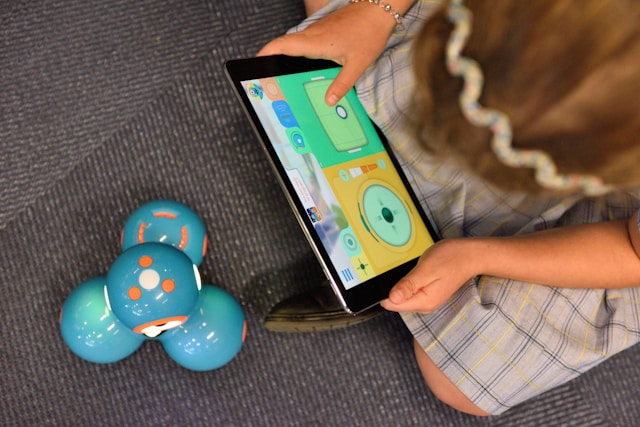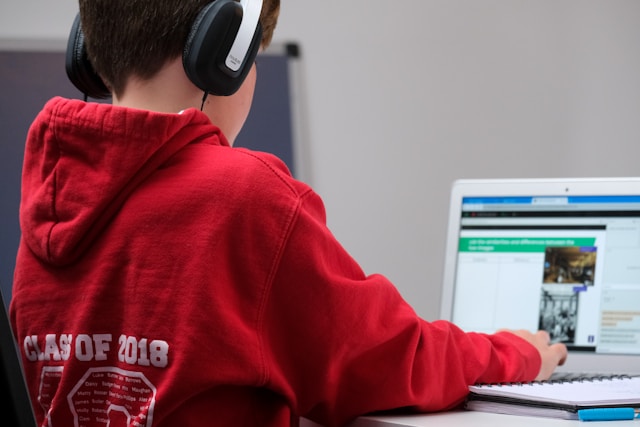
In today’s digital age, the world is increasingly driven by technology. From smartphones to artificial intelligence (AI), the future is one where tech-savvy individuals will be in high demand. But how can parents and educators ensure that children are equipped for this future? One way is by introducing them to robotics for kids. Robotics isn’t just about building machines; it’s about fostering skills like critical thinking, problem-solving, and creativity. These skills are essential for the innovators and leaders of tomorrow.
One of the biggest advantages of robotics for kids is that it teaches through hands-on STEM projects. Children no longer have to rely on passive learning or memorization. Instead, they can actively engage with materials that teach them how things work. Robotics kits for kids are designed to be interactive, making learning fun and engaging. As children follow instructions to assemble robots, they learn about basic engineering concepts for young learners, such as gears, sensors, and motors.
At the same time, they’re developing a deeper understanding of how these concepts apply in the real world. For example, kids can understand how simple machines work when they build robots that require movement. They learn how different parts of the robot need to interact to make it function properly. This hands-on experience is far more impactful than just reading about engineering principles.
When kids work with robotic toys for learning, they quickly realize that things don’t always work perfectly on the first try. This is where problem-solving comes into play. Instead of getting frustrated, children are encouraged to troubleshoot and test different solutions. This iterative process is a key aspect of learning through robotics.
Through this process, kids learn that failure isn’t something to fear. It’s a part of the learning journey. Whether it’s adjusting the design of a robot to improve its speed or modifying the code to make the robot perform a task more efficiently, kids develop resilience and a growth mindset. These experiences foster critical thinking and creativity, skills that will be crucial for their future careers.
Looking ahead, the world will only become more reliant on technology. Future-ready skills for children, like programming, artificial intelligence, and robotics, will set them apart in an increasingly competitive job market. By introducing children to robotics at an early age, we’re helping them understand and navigate the digital landscape. We’re also giving them the tools to create new solutions to the problems that haven’t even been imagined yet.
For example, many robotics clubs for kids are popping up around the world, offering children the opportunity to collaborate, learn from each other, and develop their teamwork skills. These clubs provide a safe space for kids to explore their interests in robotics, all while receiving guidance from mentors who are passionate about the field. It’s through these types of programs that children gain confidence in their abilities to tackle complex problems and innovate.
It’s easy to assume that robotics is all about technology and machines, but there’s more to it. When kids work on group projects or participate in robotics clubs, they also develop important social skills. They learn how to work in teams, communicate effectively, and resolve conflicts—skills that will serve them in any career, not just tech.
These interactive learning tools promote collaboration, as children must often communicate and share ideas with their peers to complete tasks. This aspect of robotics education can significantly enhance a child’s emotional intelligence and their ability to collaborate in a professional environment.
Introducing kids to robotics early isn’t just about getting them to learn how to build a robot. It’s about teaching them how to think critically, solve problems, and work collaboratively. As they engage with robotic toys for learning, they develop skills that will help them in all areas of life. Whether they grow up to be engineers, scientists, or entrepreneurs, the experience they gain from working with robotics will have lasting benefits.
Moreover, the increasing use of robotics in schools around the world highlights the growing recognition of its importance in preparing children for the future. As technology continues to evolve, so too will the need for individuals who are skilled in fields like robotics, AI, and machine learning.
The benefits of introducing robotics for kids are far-reaching. Not only does it provide an engaging way to learn about STEM subjects, but it also builds a foundation of critical thinking, problem-solving, and creativity. As we look toward a future driven by technology, it’s clear that children who engage with robotics at an early age will be better equipped to thrive in an increasingly digital world. With the right tools, guidance, and opportunities, we can help the next generation become the innovators and leaders of tomorrow.
By offering hands-on STEM projects, robotics kits, and robotic toys for learning, we’re giving children the tools they need to navigate an ever-changing digital landscape. These experiences lay the groundwork for a future where kids aren’t just passive consumers of technology—they’re the ones creating it.


